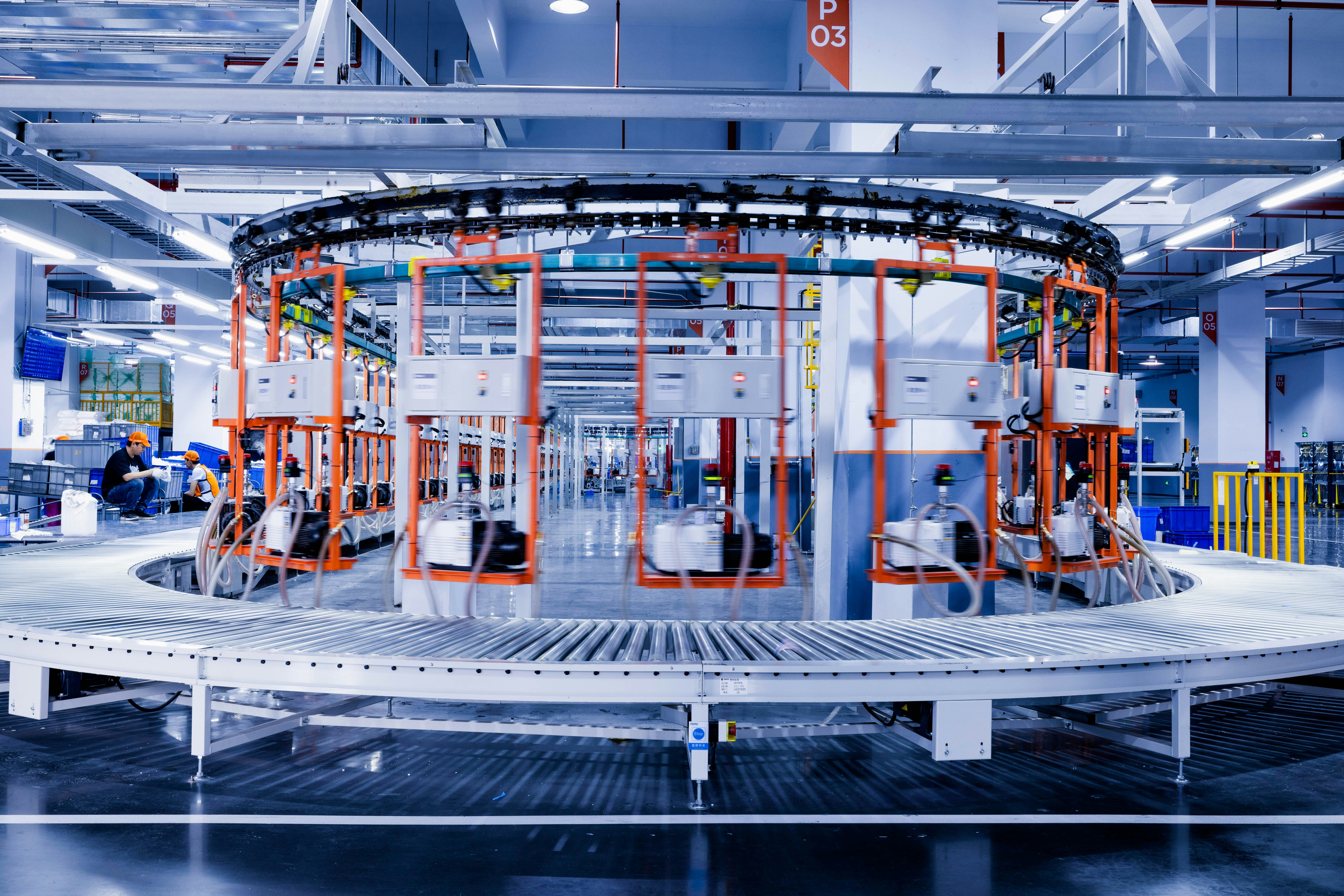What is Supply Chain Innovation?




Supply chains aren’t just about moving goods from A to B anymore. It's not just about tweaking logistics or finding cheaper suppliers, but rethinking how the whole system runs—from technology and workflows to partnerships and decision-making—to build something more adaptive, resilient, and future-ready.
In this article, we unpack what supply chain innovation actually looks like today, why it’s more strategic than ever, and what enterprise leaders can do to design supply chains that are both sustainable and built to last.
At its core, a supply chain is the full system behind getting a product or service into customers’ hands. It spans every step—from sourcing raw materials to production, distribution, and final delivery—and brings together people, processes, technology, and resources to make it all happen.
But when we talk about supply chain innovation, we're rather referring to improvements or transformations that enhance this entire system through technology, new business models, and/or collaboration. This innovation chain is similar to frameworks explained in How to Master Innovation Frameworks.
Innovation in this context isn't isolated, but part of a larger ecosystem, often referred to as the innovation chain.
➔ This idea is explored further in innosabi’s guide on the 3 pillars of supply chain innovation, which highlights how technology, collaboration, and sustainability come together to drive systemic change.
The past few years have exposed the vulnerabilities of traditional supply chains. From global disruptions to rising customer expectations, companies are realizing the limits of optimization-only approaches.
According to a May 2025 Gartner article, supply chain leaders are shifting focus from cost-efficiency to resilience, flexibility, and innovation, thus recognizing that reactive models are no longer enough to navigate today’s volatility.
Let’s take a closer look at the value it brings.
This highlights why it’s so important to understand the concept of an innovation chain: it’s a value-creating network of interconnected innovation partners, where suppliers are not just vendors, but actually strategic allies.
Let’s make it concrete. Here are two compelling examples of a supplier innovation in action:
Unilever partnered with fragrance supplier Symrise to co-develop sustainable sourcing for vanilla in Madagascar, involving local farmers, NGOs, and academia to create an ethical supply chain with positive social impact.
Toyota’s collaboration with Denso, its parts supplier, led to co-developed electric vehicle technologies that reduced production time and improved energy efficiency. In Toyota’s own words, ‘this is a new technology that will change the future of cars’.
The above examples show how supplier innovation can contribute not only to incredible operational improvements, but also to a diplomatic, more dynamic business transformation.
Innovation sounds exciting, but in supply chains it’s rarely spontaneous. There’s a thought process behind progress. The below six steps (along with proven best practices) show how companies move from ideas to tangible, measurable change.
Before innovating, it’s highly important that you understand where you stand. What bottlenecks, risks, or inefficiencies exist?
Supply chain innovation must ladder up to strategic goals, whether that's growth, resilience, or ESG targets.
Look for high-impact areas where new tech, new partners, or new workflows can make a difference.
This is where supply chain innovation strategies shine. Bring in suppliers, customers, and even competitors to co-create solutions. (e.g. with innosabi partners).
Engaging your broader network—suppliers, customers, even competitors—is a hallmark of open innovation. But it’s not without its obstacles. If you’re navigating these dynamics, check out this breakdown of the key challenges in open innovation (and how to overcome them effectively).
Don’t innovate in isolation. Run small pilots, measure outcomes, and ensure to scale what works for maximum benefits.
Ensure new practices are adopted across your entire organization. For this, build innovation KPIs into performance reviews and supplier agreements.
Here’s a look at what’s pushing the industry forward right now:
AI-driven demand forecasting. Advanced algorithms are now helping companies predict customer demand with unforeseen accuracy, helping reduce overstock, stockouts, and facilitating reactive decision-making.
Blockchain for end-to-end traceability. Secure, tamper-proof records are making it easier to track products across the entire supply chain, which is improving transparency, trust, and compliance.
Digital twins of the supply chain. Virtual replicas of physical supply chains allow businesses to simulate scenarios, spot risks, and optimize operations in real time.
Eco-friendly packaging solutions. From compostable materials to right-sized designs, sustainable packaging is becoming a key focus for both environmental and cost reasons.
Autonomous logistics and smart warehouses. Drones, autonomous vehicles, and AI-powered warehouse systems are helping reduce manual labor and also speeding up delivery times (while reducing reliance on manual labor).
“The supply chain of the future is autonomous, adaptive, and sustainable.”
— Lora Cecere, Founder of Supply Chain Insights
This shift is part of a larger movement toward strategic corporate innovation trends shaping supply chains today.
Rethinking Innovation from End to End
As you can see, from shifting customer expectations to operational fragility, the challenges are only getting more complex. What sets resilient companies apart is not about just reacting, but how they're rebuilding structure.
That means looking beyond internal systems and treating suppliers, partners, and collaborators as part of a broader innovation chain. It also means testing early, iterating often, and anchoring every change to substantial business outcomes (whether that’s resilience, sustainability, or smarter growth).
The companies getting this right are focused, practical, and highly collaborative. They understand that innovation, done well, doesn’t add complexity, but creates more clarity. They’re clear on their priorities, intentional in how they work with partners, and focused on solving specific problems.
“Innovation is everyone’s job, but it starts with leadership creating the right conditions.”
— Gary Pisano, Harvard Business School

